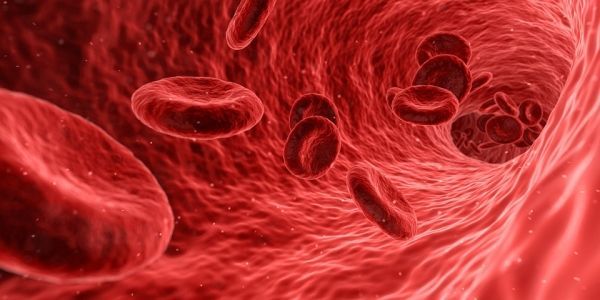Doubling the low amount of total body radiation delivered to patients undergoing bone marrow transplants with donor cells that are only “half-matched” increased the rate of engraftment from only about 50 percent to nearly 100 percent, according to a new study by Johns Hopkins researchers. The findings, published online Mar. 13 in The Lancet Haematology, could offer a significantly higher chance of a cure for patients with severe and deadly inherited blood disorders including sickle cell anemia and beta thalassemia.
“These results are really exciting as we’re approaching a 90 percent cure rate for sickle cell and beta thalassemia,” says Robert Brodsky, M.D., professor of medicine and oncology research at the Johns Hopkins University School of Medicine, director of the Division of Hematology, and a member of the Johns Hopkins Kimmel Cancer Center. “Bone marrow transplants are not just for patients with a perfectly matched donor. A half-match is definitely good enough.”
In the late 1980s, explain study leaders Javier Bolaños-Meade, M.D., associate professor of oncology at the Johns Hopkins Kimmel Cancer Center, and Brodsky, researchers discovered that bone marrow transplants could potentially cure sickle cell disease, a condition with few effective treatments and one that typically kills patients in their 40s. However, this treatment has only been used sparingly since then. Until recently, it required bone marrow donors and recipients to fully match each other in a set of proteins known as human leukocyte antigens that are displayed on cells. Without a complete match, Brodsky says, the recipient’s body recognizes donor cells as foreign and launches a destructive attack.
Read more at Johns Hopkins Medicine
Photo Credit: qimono via Pixabay


